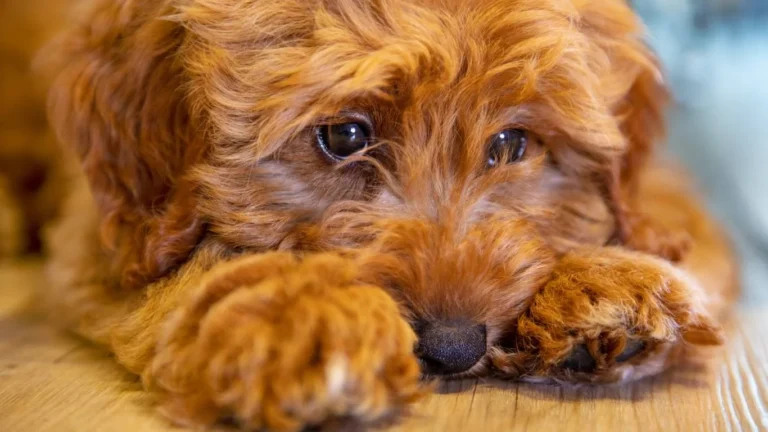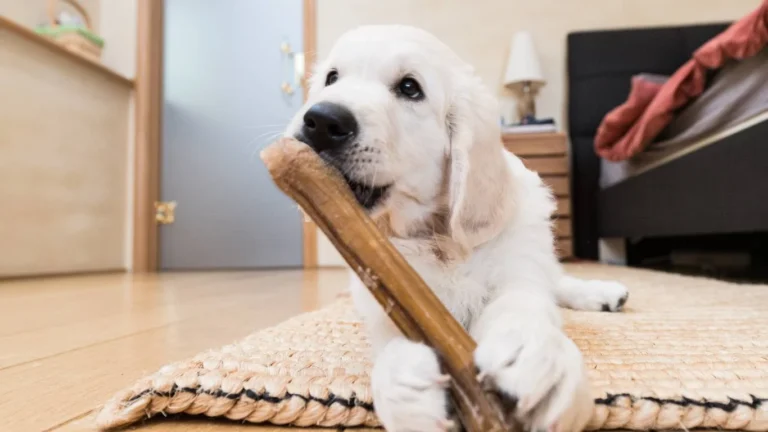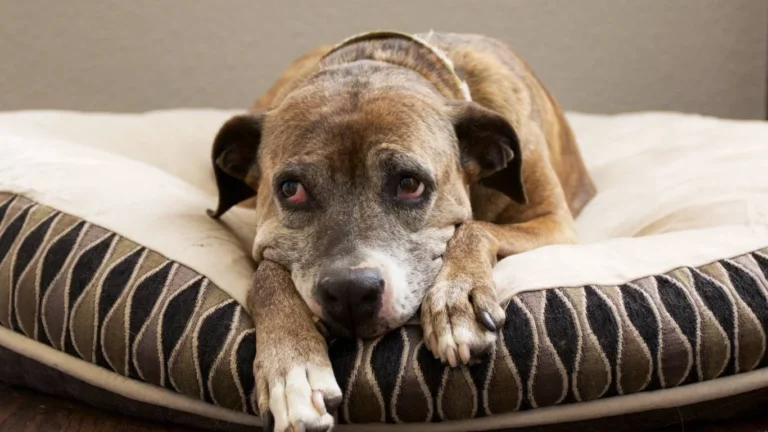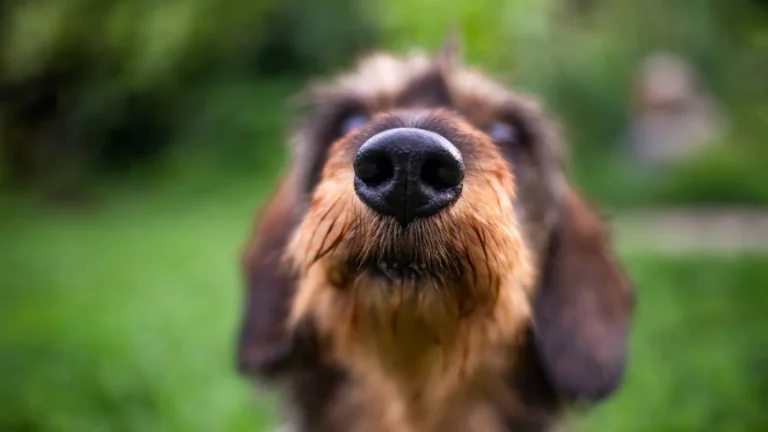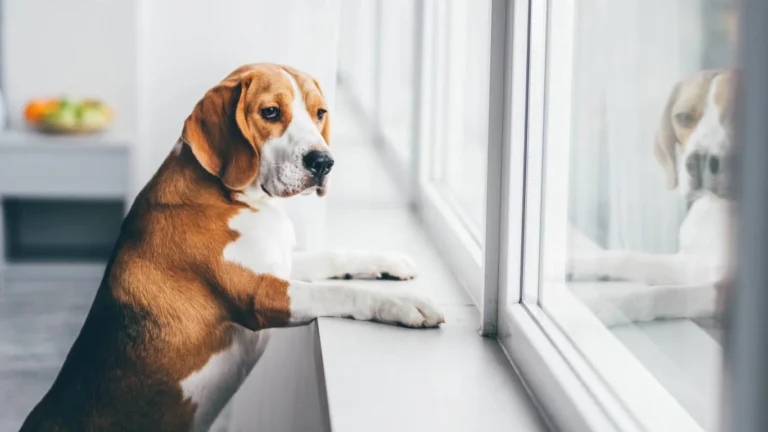Essential Tips on How to Care for a Dog After a Tooth Extraction
As a veterinary assistant with a focus on nutrition, I’ve had the privilege of helping many pet parents care for their furry friends during various recovery stages. One of the most common situations I encounter is when a dog undergoes a tooth extraction. If you’re reading this, you’re probably wondering how to care for a dog after a tooth extraction. Whether it’s for a broken tooth, advanced dental disease, or any other reason, ensuring your dog’s recovery is as smooth and comfortable as possible is key. The good news is that with the right care, your dog can heal quickly and without complications. In this article, we’ll walk you through the most important steps to help your dog recover, covering everything from diet to post-op care.
Understanding Your Dog’s Recovery After Tooth Extraction
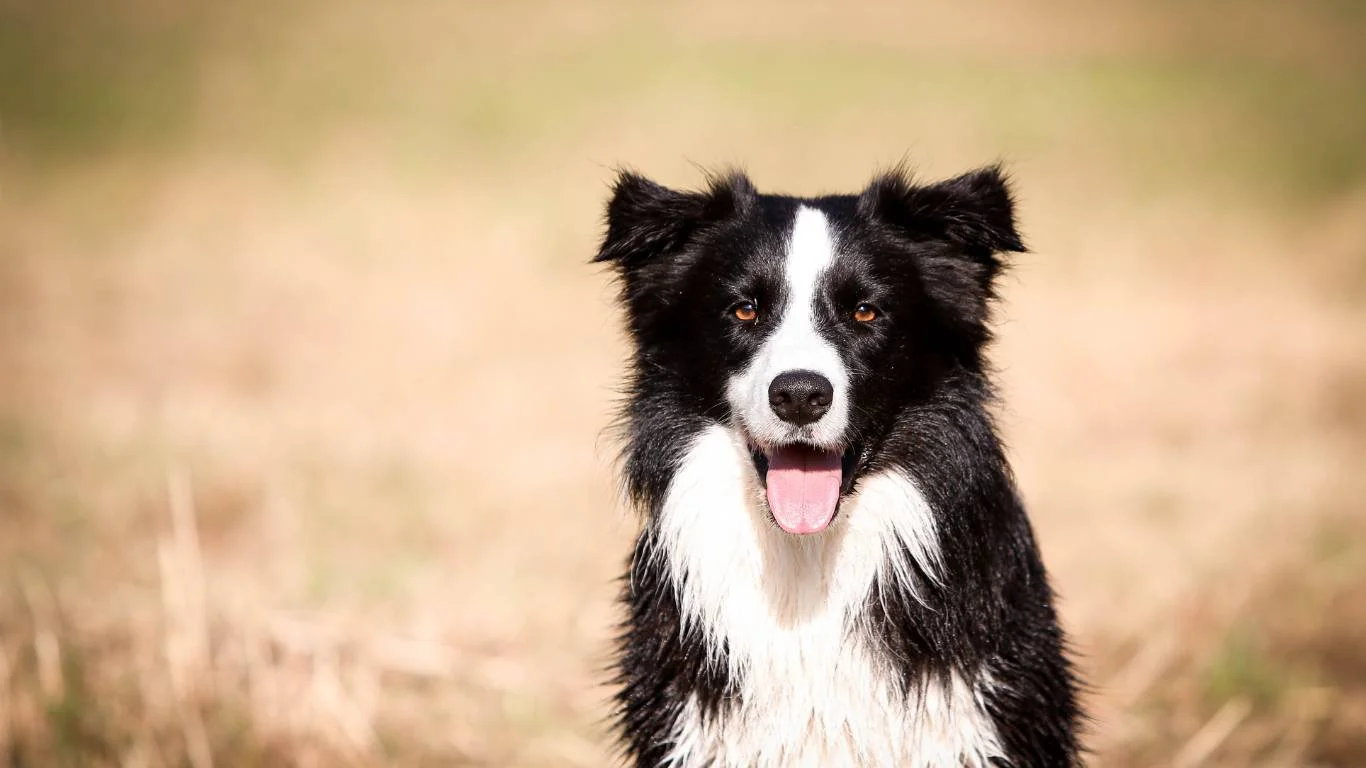
Tooth extraction in dogs can be a necessary procedure to protect their overall health, but the recovery process does require attention to detail. Your dog’s ability to bounce back depends largely on the care you provide after the extraction. Unlike humans, dogs can’t tell you when something hurts or when they’re feeling off, so it’s crucial that we pay extra attention to their behavior, diet, and overall comfort during the recovery period.
It’s important to understand that after a tooth extraction, your dog’s mouth will be sore. While the pain might not be immediately obvious, the discomfort can still affect their eating, drinking, and overall mood. This is where your role as a pet parent becomes pivotal. If you stay on top of their needs, you’ll be able to minimize their discomfort and help them recover swiftly. One of the best things you can do is follow your veterinarian’s post-op instructions to the letter, but there are also some things that can make the process easier.
What to Expect in the Days Following Surgery
For the first few days after the extraction, your dog may still be groggy from anesthesia. Don’t be alarmed if they aren’t their usual selves at first. Some mild swelling and bleeding are common, and this can last for up to 24 to 48 hours. However, if the swelling becomes severe or if you notice a lot of blood (beyond a small amount of oozing), it’s important to contact your vet immediately. You may also notice your dog having difficulty eating or drinking right after the procedure, which is totally normal. Let’s dive into some of the critical points to keep in mind during this time.
Key Steps for Caring for Your Dog After Tooth Extraction
1. Monitor Pain and Discomfort
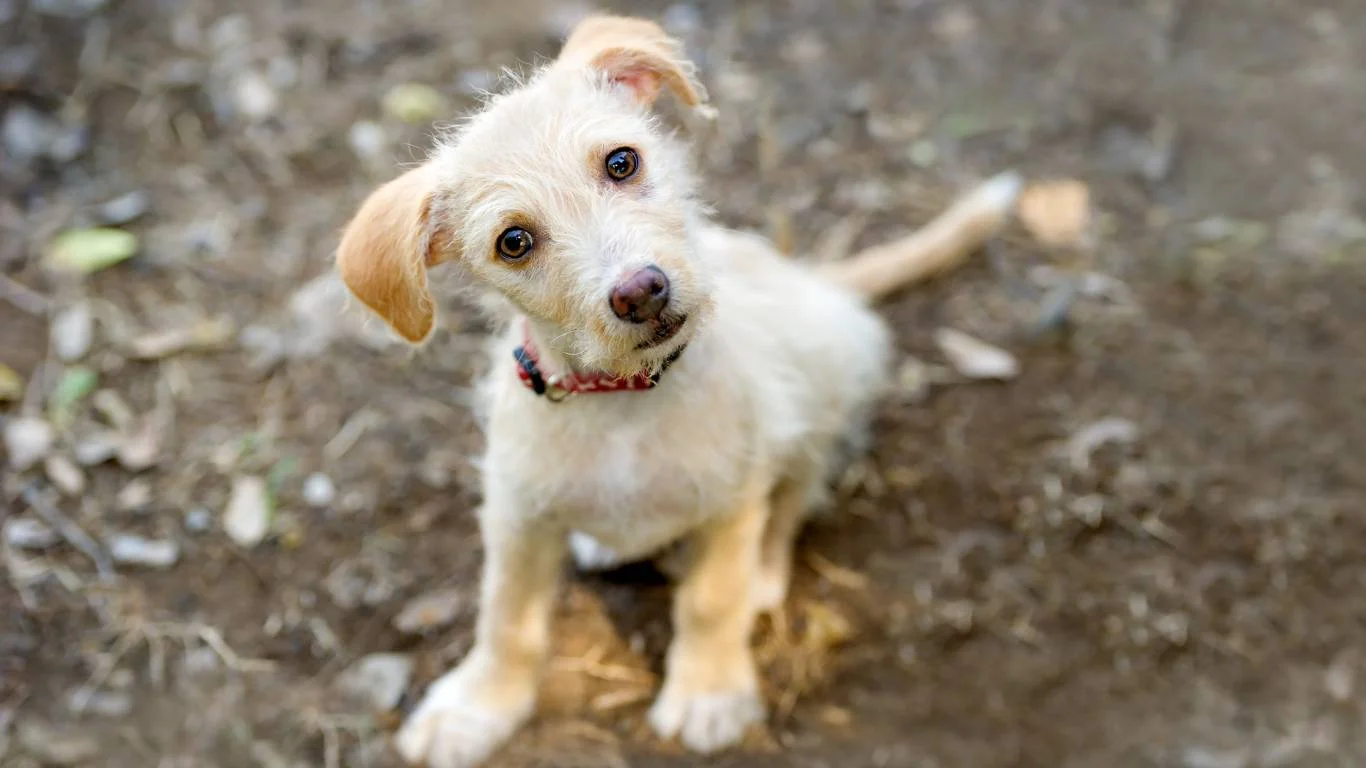
Post-surgery pain management is an essential part of your dog’s recovery. Your veterinarian will likely provide you with a prescription for pain relief, such as non-steroidal anti-inflammatory drugs (NSAIDs) or other pain meds. Make sure to administer these medications exactly as prescribed. It’s important that you don’t skip doses or stop treatment early, even if your dog seems to be feeling better. Pain relief helps prevent any secondary complications, such as reluctance to eat or play, which can slow down the healing process.
Observe your dog for signs of discomfort like excessive drooling, pawing at their mouth, or being more lethargic than usual. Some dogs might even become grumpy or more sensitive during the healing process, so it’s essential to be patient and give them the space they need while still offering love and reassurance.
2. Follow the Right Diet Plan
In the days following a tooth extraction, you’ll need to adjust your dog’s diet to accommodate their healing needs. For the first few days, it’s best to offer soft, easy-to-eat foods. Avoid anything that’s crunchy, hard, or chewy, as it could irritate the extraction site and cause pain. Consider offering wet food or mixing some of your dog’s regular food with water or low-sodium broth to soften it up.
Additionally, you may want to try giving your dog small meals throughout the day instead of one large meal. This helps them get the nutrition they need without overloading their healing mouth all at once. Be sure to keep the food at room temperature; food that’s too hot or too cold can cause discomfort. If your dog isn’t eating, don’t panic right away. It’s common for dogs to have a reduced appetite after surgery. Keep offering food regularly, and if the problem persists for more than a couple of days, call your vet for advice.
3. Keep Your Dog Hydrated
Just as important as food, hydration is a key factor in your dog’s recovery. Make sure fresh water is always available and encourage your dog to drink regularly. If they’re hesitant to drink, try offering some ice cubes or even broth to make the water more appealing. Hydration plays a huge role in healing, and it’s easy to forget how important it is during this period.
4. Prevent Them From Licking or Chewing the Area
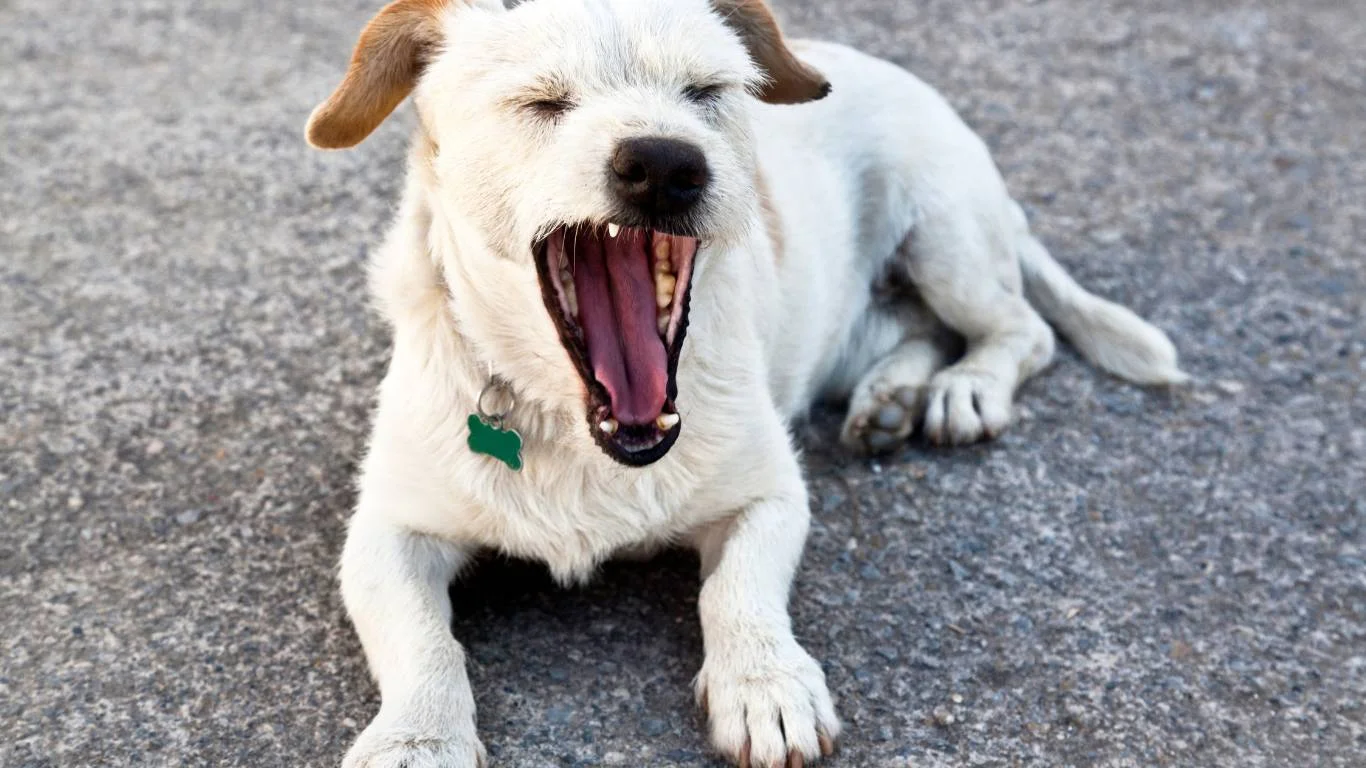
It’s critical to prevent your dog from licking or chewing at the extraction site during the healing period. Licking can introduce bacteria into the wound, potentially causing infections. In some cases, your vet may suggest using an Elizabethan collar (aka a “cone of shame”) or another protective device to keep your dog from bothering the area. While this might seem uncomfortable for them at first, it’s a small sacrifice that will help them heal properly. Some dogs are really good at avoiding the site on their own, but others may need more supervision to ensure the healing process goes smoothly.
5. Keep Them Calm and Comfortable
After surgery, your dog may not have the same energy levels as usual, and that’s okay. It’s a good idea to limit their activity, especially during the first few days after the procedure. Avoid long walks, playtime, or any activities that might put strain on their recovery. Provide a cozy space where they can rest and relax, and keep them as stress-free as possible. Excessive stress can interfere with the healing process, so the calmer you can keep them, the better.
Signs of Complications to Watch For
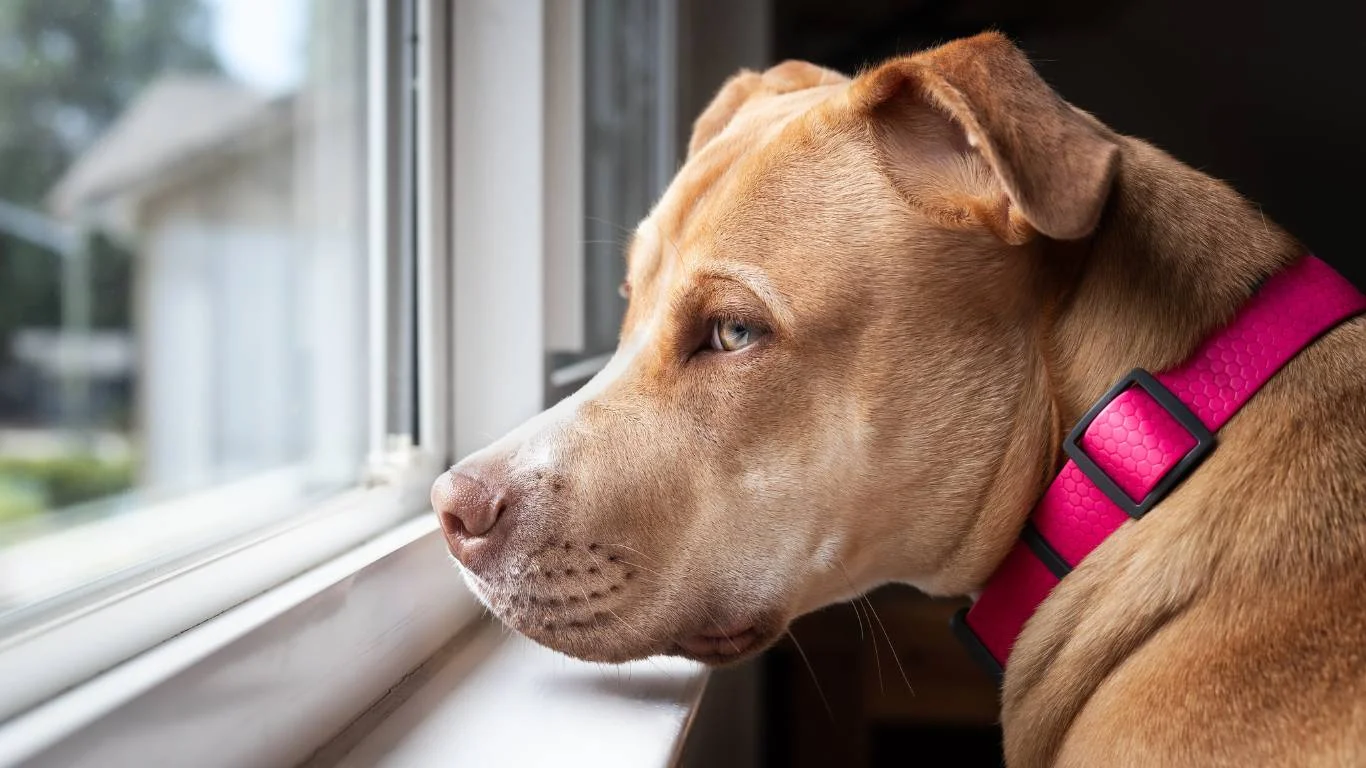
While most dogs recover well from tooth extraction surgery, it’s important to keep an eye out for signs of complications. As much as we wish every surgery went perfectly, things don’t always go according to plan. In my experience as a veterinary assistant, I’ve seen a few cases where recovery didn’t go as smoothly as expected. That’s why it’s essential to stay vigilant and know what to watch for during the healing process.
If your dog shows any of the following signs, it’s important to contact your vet as soon as possible:
- Excessive bleeding that doesn’t stop within a few hours.
- Severe swelling or redness around the extraction site that gets worse instead of better.
- Persistent bad breath that seems to be more than just the normal post-surgery odor.
- Loss of appetite lasting for more than a few days, even with soft food options.
- Discharge or pus coming from the wound.
- Unusual behavior like excessive lethargy, pain, or distress that doesn’t seem to subside with the prescribed medication.
If you notice any of these issues, it’s always better to err on the side of caution and get your vet involved. It’s possible that your dog may be developing an infection or another complication, and early intervention can make a big difference in their recovery.
How to Comfort Your Dog During Recovery
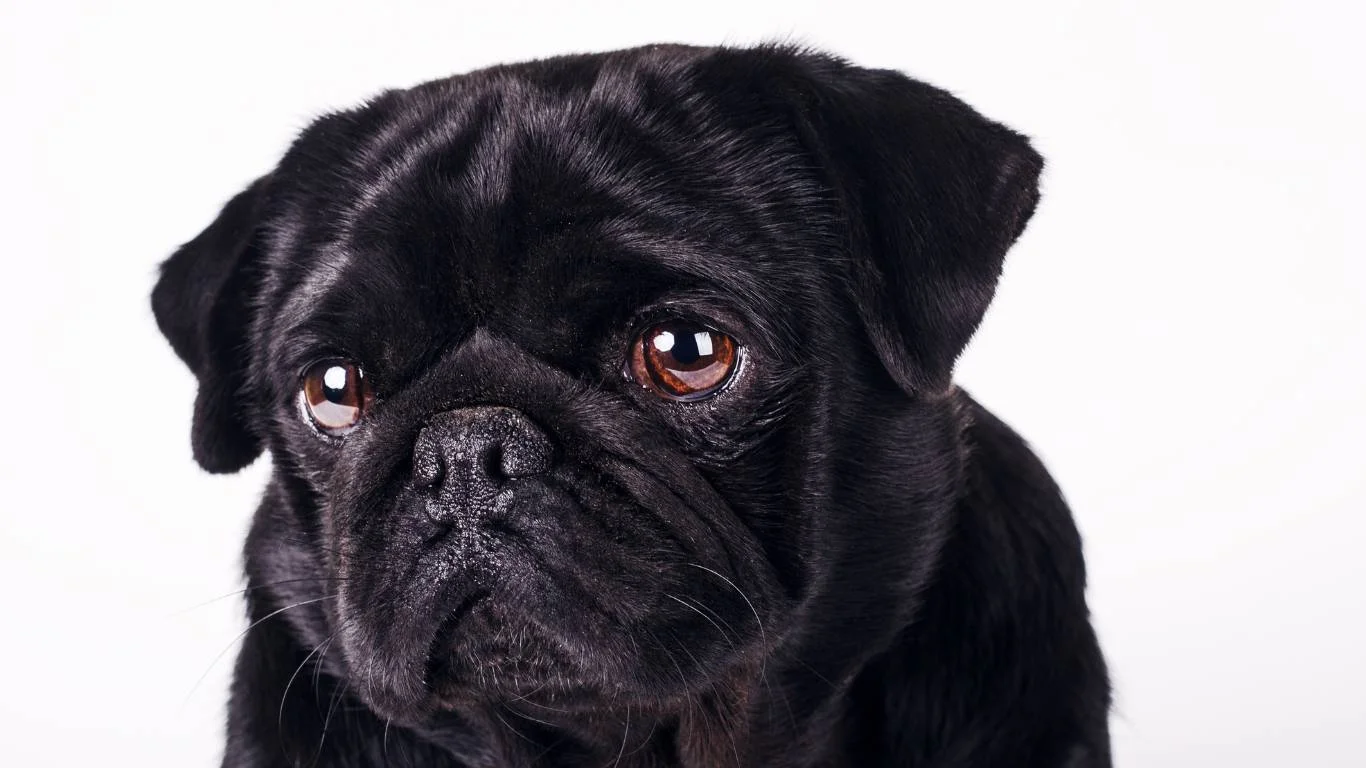
Your dog might not be their usual, energetic self after a tooth extraction, and that’s completely normal. Surgery is a big deal for our furry friends, and the healing process can be tough. But, as with humans, a little TLC can go a long way in helping your dog feel safe and comforted during recovery. Here’s how you can create a comforting environment for them:
1. Keep Them Close
After surgery, your dog might want some extra attention and companionship. While they need their space to rest, they’ll also feel better if they’re not alone for long periods. If possible, keep them in a quiet room of the house where they can rest and feel secure. If they normally sleep in a crate, it might be comforting for them to have their crate nearby or with the door open so they don’t feel isolated.
I’ve found that dogs often seek comfort from their owners during this time, so don’t be surprised if your dog follows you around or just wants to sit by your side. Give them reassurance by talking to them softly and offering gentle pets. Sometimes, just being near your dog will be enough to help them feel calm during this healing period.
2. Provide a Cozy Recovery Space
Make sure your dog has a comfortable place to rest during recovery. A soft bed with plenty of blankets can help them feel cozy, but make sure it’s easy for them to get up and down if needed. Some dogs like having a favorite toy or blanket nearby, so consider leaving those in their recovery space. Keep the area quiet and calm, as loud noises or too much activity can stress them out and hinder their recovery process.
Also, try to keep their recovery space free from any sharp edges or obstacles that might cause discomfort or injury while they’re still groggy from the anesthesia.
3. Offer Gentle Interaction
While it’s important to let your dog rest, gentle interaction is essential for their emotional well-being. Keep interactions calm and slow, especially if they’re still feeling sore or a little off. Playtime should be limited to light activities that don’t stress them out. I’ve found that some dogs just want a little bit of love and attention after surgery, but be mindful not to overdo it. Let them initiate affection if they want it, but don’t force them to engage.
Maintain a Clean Environment for Recovery
Keeping your dog’s environment clean during recovery is crucial, not just for their comfort but also for preventing infections. The last thing you want is for your dog to end up with an infection at the extraction site because the area wasn’t kept clean.
Here are a few simple things you can do:
- Keep the bedding clean and change it frequently to avoid any bacteria buildup.
- Clean up any food or water spills right away to prevent bacteria from growing in your dog’s recovery area.
- Disinfect any toys or items your dog uses and make sure they’re safe and clean before being returned to your dog’s recovery space.
- Check their mouth regularly for any signs of infection, like excess swelling, redness, or discharge.
Keeping your dog’s environment clean isn’t just about hygiene; it’s about reducing the chances of them developing secondary issues during recovery. A little extra effort here can make a big difference in your dog’s healing process.
When Should You Follow Up with the Vet?

After a tooth extraction, your vet will likely schedule a follow-up appointment to check on your dog’s progress. It’s important not to skip this appointment, even if your dog seems to be doing well. Follow-up visits allow your vet to make sure the extraction site is healing properly and there are no complications like infection or improper healing.
If your dog is healing as expected, these follow-up visits might just involve a quick check-up. However, if your dog is experiencing any issues, your vet will be able to provide treatment or adjust their care plan accordingly. If you have any concerns at any time, don’t hesitate to reach out to your vet for guidance. They can offer specific advice based on your dog’s unique needs and situation.
Returning to Normal Activity After Recovery
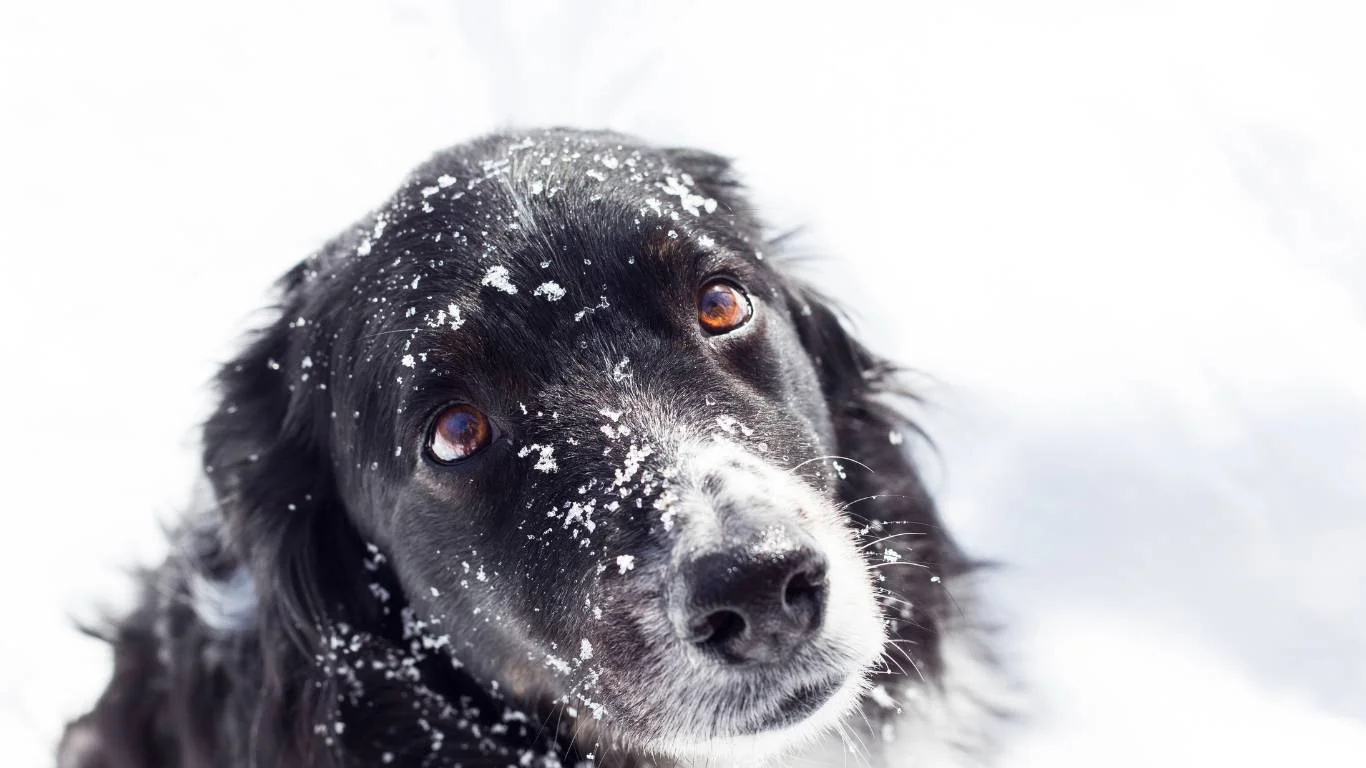
As your dog continues to heal from their tooth extraction, you’ll eventually want to ease them back into their regular activities. It’s vital not to rush this process. Gradually reintroducing physical activity and playtime will ensure that your dog doesn’t strain their recovery. During the first few weeks, avoid any vigorous activity, such as running, jumping, or rough play. Overexertion could lead to complications or even delay the healing process.
In my experience, I’ve found that many dogs will be quite eager to get back to their regular routine. This is where it’s important to stay firm. Their energy levels might make them seem like they’re ready to go, but their body needs time to heal. Once your dog is feeling more like themselves, you can start with short, slow walks around the block to check how they’re doing. Watch for any signs of pain, discomfort, or tiredness, and take it easy on them if needed.
Don’t forget to continue monitoring their recovery closely, and if they’re still on pain medication, be sure to keep their activity level limited. If your dog was prescribed antibiotics, ensure that the full course is completed, even if they seem to be feeling better. Proper healing takes time, so patience will be your best friend during this phase.
Feeding and Nutrition Tips for Long-Term Oral Health

After the tooth extraction, maintaining your dog’s long-term oral health becomes crucial, especially since they’ve lost one of their teeth. If you’re like me, you probably want to make sure your dog is set up for success in the future, preventing more dental issues down the line. This is where their diet plays a significant role. You’ll want to provide them with food that supports their dental health while also meeting their nutritional needs.
For dogs that have had a tooth extraction, I highly recommend focusing on soft food options for the immediate recovery period. But beyond that, it’s also a good idea to choose a diet that supports oral health long-term. Foods designed for dental care are often available, and many of them have a special texture that helps clean your dog’s teeth as they chew. Some brands also offer dental chews or treats, which are great for maintaining good oral hygiene.
Another tip I’ve shared with dog owners in the past is to brush your dog’s teeth regularly (yes, even after they lose a tooth!). Brushing helps to prevent plaque buildup and reduce the likelihood of future dental issues. I know it’s not always easy, but with some patience and the right tools, you can help keep their mouth as healthy as possible.
When to Seek Veterinary Help After Recovery
Even after a successful recovery, there may be instances where your dog needs further veterinary attention. It’s important to continue observing your dog and contact the vet if anything feels off. This could be a sign that there’s an issue with the healing process or a complication that wasn’t initially visible.
If your dog begins to show symptoms of discomfort again after the initial recovery period, like persistent pain, swelling, or bleeding, it’s time to consult with your vet. It’s also a good idea to check in with your vet regularly for routine checkups to ensure their teeth and gums remain healthy over time. Some dogs may need more frequent dental exams, depending on their breed, age, and overall health.
Common Long-Term Concerns After Tooth Extraction
While your dog may seem to be healing well after a tooth extraction, there are some long-term concerns you’ll want to watch out for:
- Changes in eating habits: If your dog suddenly starts having trouble eating even after recovery, it could be due to a problem with their remaining teeth or gums. This may require a follow-up examination to ensure there’s no ongoing dental issue.
- Oral infections: Despite the best efforts in recovery, sometimes infections can develop even after the tooth extraction. Regularly checking their mouth for signs of infection, such as swelling or pus, can help you spot this early.
- Behavioral changes: If your dog becomes more aggressive or protective of their mouth, this could indicate pain that’s still lingering. Don’t hesitate to get a professional opinion if something doesn’t seem right.
Having a good relationship with your veterinarian will help you stay ahead of these concerns. They’ll be able to advise you on the best practices to keep your dog’s teeth and gums in the best shape possible, even after a tooth extraction.
References
If you want to dive deeper into dental care for your dog or learn more about post-surgery care, the following resources might be helpful:
- American Kennel Club – Helpful tips for general dog care, including dental health.
- PetMD – Offers expert advice on pet health and recovery after surgery.
- National Institutes of Health (NIH) – A trusted source for health-related information.
- Health.com – General health advice that may help you understand your dog’s healing process.
Disclaimer
The information provided in this article is intended for general educational purposes only. It should not replace the advice of a qualified veterinarian. Always consult with your veterinarian for personalized care recommendations for your pet, especially when it comes to post-surgery recovery. If you have concerns about your dog’s recovery or health, reach out to your vet for professional guidance.
